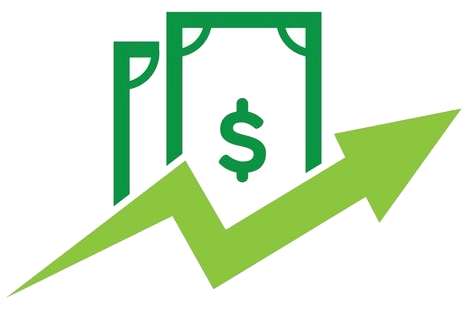Alternative financing gives small business owners more options to access cash for their growing business.
Starting, growing, and sustaining a small business is never an easy task. Founding, expanding, and maintaining a small business over the long term is one of the hardest things to do in business.
Being employed and receiving a steady paycheck may provide financial stability. Still, small business owners who apply their talents and crafts into their daily activities report a sense of personal achievement, fulfillment, and happiness.
The biggest challenge small business owners face is how hard it is to launch. Almost immediately, most entrepreneurs struggle with raising capital to invest in their business before it has the chance to grow.
Here are the common ways that new, small business owners use to get their business off the ground:
Traditional Business Funding
Get a Bank Loan
Getting the traditional bank loan, while possible, can be a tedious and challenging process. Many new businesses cannot access traditional loans and face constant denial.
Unlike big, established businesses and large corporations, small businesses presented more significant funding risks, making banking institutions apprehensive about funding a new, unproven business.
Due to tighter regulations and the volatility of startup companies, loan applications to a bank are commonly rejected or get approved with strict limitations and credit limits. These restrictions can handicap a small business that needs financial flexibility to start. Because the cost to underwrite a smaller loan costs the same amount as a larger loan for a larger company, banks prefer to deal with corporations and tend to limit their risk and resources spent on new business.
Dipping into your Working Capital
Working capital helps assess a business’s short-term financial flexibility and efficiency. A “working capital ratio” calculates your business’s current assets and current liabilities.
This ratio indicates if a business has enough short-term assets to cover its short-term liability. Simply put, your working capital is your business assets minus your business liability. For example, if you have $20,000 in total current assets and $8,000 in total current liabilities, you have $12,000 in working capital.
(Calculate your Working Capital Ratio here)
A “healthy working capital” means that your business assets exceed your liabilities. If they do not, your business runs the risk of defaulting on payments or even going bankrupt.
You can use working capital to help grow your business or even keep it afloat, but tapping into your working capital is risky if any unexpected costs arise.
Non-Traditional or Alternative Financing
As a small business owner, you want to be aware of all your options. Several non-traditional funding options are available that can provide you with the cash you need to sustain and grow your business.
Online Funding
Alternative funding solutions, like online funding, are becoming exceedingly more commonplace in the financing industry.
Small businesses utilize online funding as an easy solution to getting funded quickly. Because of its easy accessibility and funding speed, online financing has become a popular option for small businesses across the USA.
Online funders usually charge a higher interest rate than traditional banks, but sometimes it may be a business ownerís only funding option. If you do not have the credit, collateral, or time in business needed for approval from a bank, alternative funding is a viable option.
Alternative Business Funding
When you have exhausted all traditional funding options but still don’t have the cash you need, it is essential to know the many alternative financing options available.
Today, alternative funders like Capital Quickly are introducing more accessible funding options, like Invoice Financing, Merchant Cash Advances, and more, without the strict guidelines and red tape needed at banks.
If your small business needs funding to grow but can’t access traditional lending options, give Capital Quickly a call at 1-888-709-7446 or email us to find out how we can help you.
